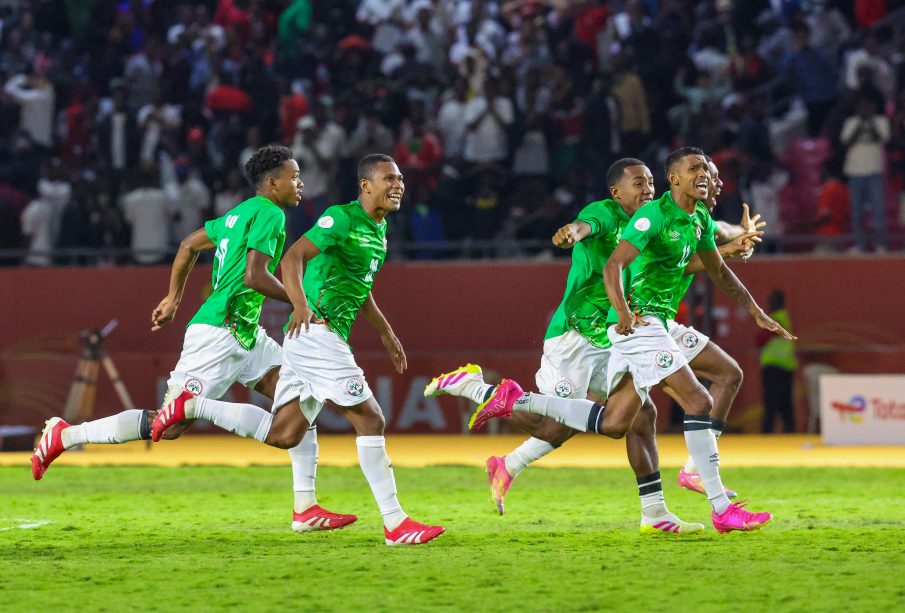A Comparative Analysis of Madagascar and Sudan

Introduction
The comparison between Madagascar and Sudan sheds light on the diverse cultural, geographic, and economic dimensions of these two distinct regions. Madagascar, an island nation off the southeast coast of Africa, differs starkly from Sudan, a landlocked country in Northeast Africa. Understanding these differences is essential as both nations face unique contemporary challenges and opportunities, making it relevant for scholars, travelers, and policymakers alike.
Geography and Environment
Madagascar is renowned for its unique biodiversity, boasting a range of ecosystems that are home to many species found nowhere else on Earth. The island’s rainforests, coral reefs, and highlands offer stunning landscapes but also pose environmental management challenges, particularly with deforestation and climate change threats. In contrast, Sudan features predominantly arid landscapes, with vast deserts, particularly the Sahara to the north, and a divide between the lush banks of the Nile River and expansive, semi-arid regions. These geographic characteristics significantly impact both nations’ agriculture and development strategies.
Culture and Society
Culturally, Madagascar is influenced by a blend of African, Asian, and European heritages, which is evident in its languages, traditions, and daily life. Approximately 18 distinct ethnic groups reside in Madagascar, each maintaining its unique customs and practices. Sudan, on the other hand, is marked by its ethnic diversity, with over 500 ethnic groups, predominantly Arab and non-Arab communities, contributing to a rich social tapestry. The cultural practices in Sudan have also been shaped by its Islamic heritage, reflecting in its architecture, art, and social norms.
Economy and Development
Economically, Madagascar relies heavily on agriculture, which comprises a large portion of its GDP and employment sector, with vanilla and cloves being significant export products. The economy faces challenges such as poverty and infrastructure limitations, which hinder growth. Conversely, Sudan’s economy is characterized by its oil and agricultural sectors. However, the country has endured years of conflict, academic embargoes, and economic sanctions, leading to devastating humanitarian conditions and economic instability. Both nations are actively seeking development paths that can lead to sustainable improvements in living standards.
Conclusion
The juxtaposition of Madagascar and Sudan offers insights into their unique identities and challenges. Madagascar’s extraordinary biodiversity contrasts with Sudan’s historic and cultural complexities shaped by sociopolitical turmoil. Understanding these differences can help stakeholders prioritize effective strategies for international cooperation, conservation efforts, and sustainable development. As both nations navigate the future, the lessons learned from their situations may offer valuable guidance for similar emerging economies around the world.








